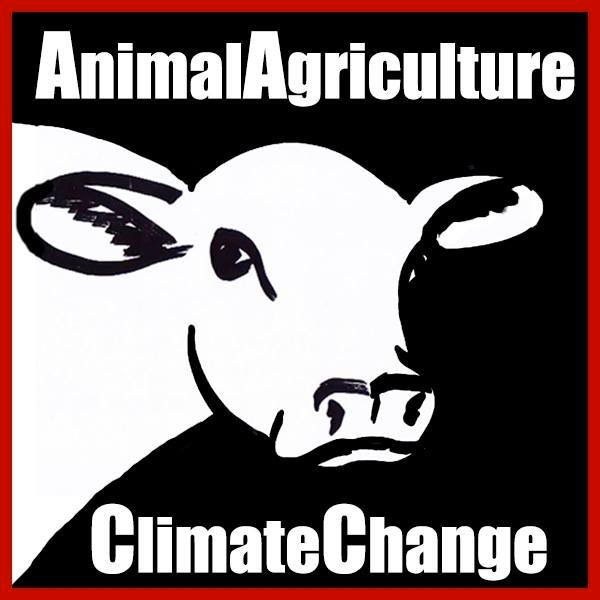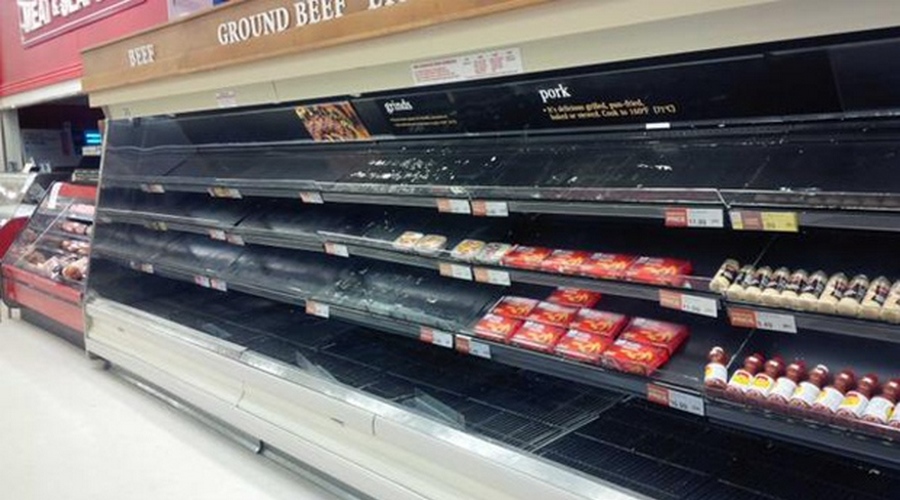The coronavirus pandemic has impacted the meat industry in several significant ways leading to a rapid decline in meat sales.
In the European Union, pork consumption is expected to fall to a seven-year low in 2020, with beef and chicken also hitting troughs, the U.S. Department of Agriculture forecasts. The pandemic hit at a time when there was already signs of easing meat demand in parts of the bloc on environmental and animal-welfare concerns. Germany, home to bratwurst and schnitzel, has become a vegetarian haven, and a survey published by its agriculture ministry in May showed that 26{85424e366b324f7465dc80d56c21055464082cc00b76c51558805a981c8fcd63} of respondents eat meat or sausage daily, versus 34{85424e366b324f7465dc80d56c21055464082cc00b76c51558805a981c8fcd63} in 2015.
“A balanced diet does not include meat and sausages every day,” German Agriculture Minister Julia Kloeckner said in a statement. “The number of those who occasionally consciously do without it has increased.”
China
China’s pork consumption this year may drop by about 35{85424e366b324f7465dc80d56c21055464082cc00b76c51558805a981c8fcd63} when compared with normal levels, before the pandemic and outbreaks of African swine fever, said Lin Guofa, a senior analyst at Bric Agriculture Group, a Beijing-based consulting firm. The country accounts for 40{85424e366b324f7465dc80d56c21055464082cc00b76c51558805a981c8fcd63} of global pork demand.
Pan Chenjun, a senior livestock analyst with Rabobank, forecasts a similar decline. Higher prices, lower supply, coronavirus, and food-safety concerns are the major reasons behind the drop, she said in an email. “The nation’s meat imports, which have helped to make up for deficits left from swine fever’s impact, may have peaked in the first half of the year. Global supply is full of uncertainty for the rest of the year.” she said.
Brazil
Even in Brazil – famous for its barbecues and Churrascarias, where slabs of beef are cut at your table’s edge – meat consumption is going through an intense process of change, according to Wagner Yanaguizawa, an analyst at Rabobank Brazil. The pandemic is accelerating shifts in consumer interest in food safety, traceability and sustainability, he said. And as the nation becomes the new epicentre of the coronavirus, a deep recession is expected with consequences to consumers’ purchasing power.
“Consumption of all animal proteins should fall amid lower-income, but beef will definitely suffer more,” said Caio Toledo, risk management consultant and livestock head at StoneX. Brazil is the world’s third-largest beef consumer.
Production costs will rise over the long term along with land prices, he said, while more companies should look to curb their environmental impact and shift away from deforestation to increase pastureland. Eventually, that will make beef-eating a luxury for consumers in different parts of the world, Toledo said.
United States
American ranchers have been expanding their livestock herds in anticipation of a demand boom from China, where earlier pork shortfalls had sent prices soaring. But while shipments have increased, it’s never been the bonanza that farmers were hoping for. Now that demand is falling domestically and around the world, the U.S. could be left with a meat glut that pressures farmer profits. Declines in the restaurant industry are a big part of the painful picture, said Will Sawyer, an animal protein economist at farm lender CoBank.
“That food-services disruption globally really hurt us across the board, whether it’s exports or domestically,” he said.
Researchers at the University of Missouri’s Food & Agricultural Policy Research Institute predicted that this year’s per-capita meat consumption will decline for the first time since 2014. And the measure is forecast to keep falling through at least 2025.
“We find ourselves in an environment today, and probably for the next 12 months, where meat supply, not just in the U.S. but probably on a global basis, is in excess of demand,” Sawyer said.
Original source: https://www.boston.com

